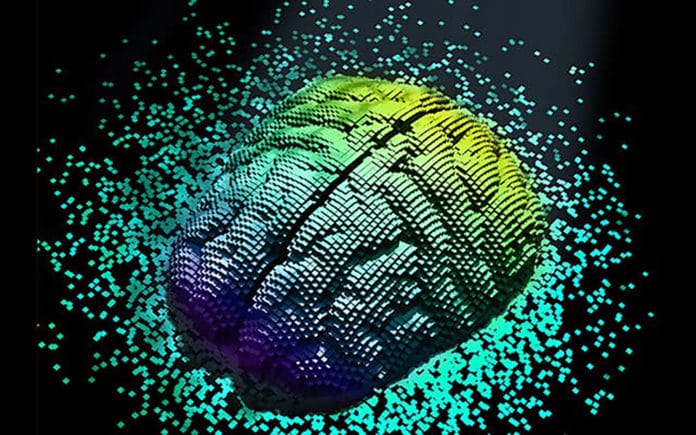The nerve cells within the developing brain are often generated far from where they will eventually reside and function in the new brain. Scientists have investigated this migration in animal models, but there is no study in human models yet.
A new study explains novel methods for inferring the movement of human brain cells during fetal development. It includes analyzing neocortical clones in a post-mortem human brain.
Scientists at the University of California San Diego School of Medicine and Rady Children’s Institute of Genomic Medicine sought to reconstruct processes during early development by sampling adult human tissues. They studied the brains of healthy adult individuals who had recently passed away from natural causes.
Senior author Joseph Gleeson, MD, Rady Professor of Neuroscience at UC San Diego School of Medicine, said, “Every time a cell divides into two daughter cells, by chance, there arise one or more new mutations, which leave a trail of breadcrumbs that modern DNA sequencers can readout.”
“By developing methods to read these mutations across the brain, we can reveal key insights into how the human brain forms compared to other species.”
The human body consists of 3 billion DNA bases and more than 30 trillion cells. Scientists mainly focused on a few hundred DNA mutations that likely arose during the first few cell divisions after fertilization of the embryo or during the early development of the brain. They tracked these mutations throughout the brain in deceased individuals to reconstruct the development of the human brain for the first time.
They isolated each of the major cell types in the brain using newly developed methods to determine the cell types displaying these breadcrumb mutations. By assessing alterations in excitatory and inhibitory neurons, they verified a long-held assumption that excitatory and inhibitory neurons are formed in different germinal zones of the brain and then mixed in the cerebral cortex.
They also discovered that the mutations found in the left and right sides of the brain were different from one another, suggesting that — at least in humans — the two cerebral hemispheres separate during development much earlier than previously suspected.
Martin W. Breuss, Ph.D., former project scientist at UC San Diego and now an assistant professor at the University of Colorado School of Medicine, said, “The results have implications for certain human diseases, like intractable epilepsies, where patients show spontaneous convulsive seizures and require surgery to remove an epileptic brain focus.”
The study authors said, “This study solves the mystery as to why these foci are almost always restricted to one hemisphere of the brain. Applying these results to other neurological conditions could help scientists understand more brain mysteries.”
Journal Reference:
- Breuss, M.W., Yang, X., Schlachetzki, J.C.M., et al. Somatic mosaicism reveals clonal distributions of neocortical development. Nature 604, 689–696 (2022). DOI: 10.1038/s41586-022-04602-7
